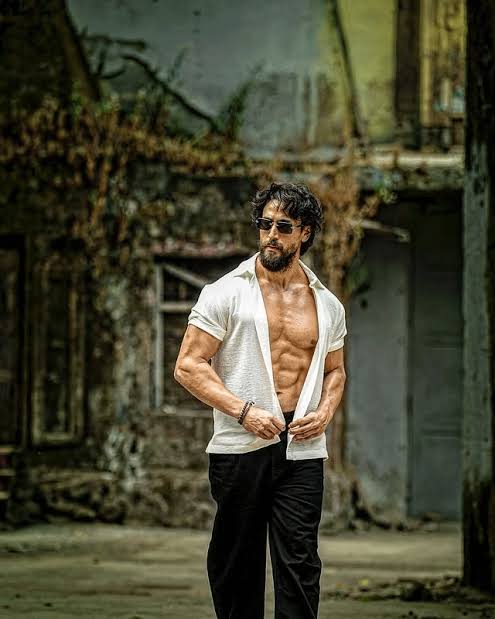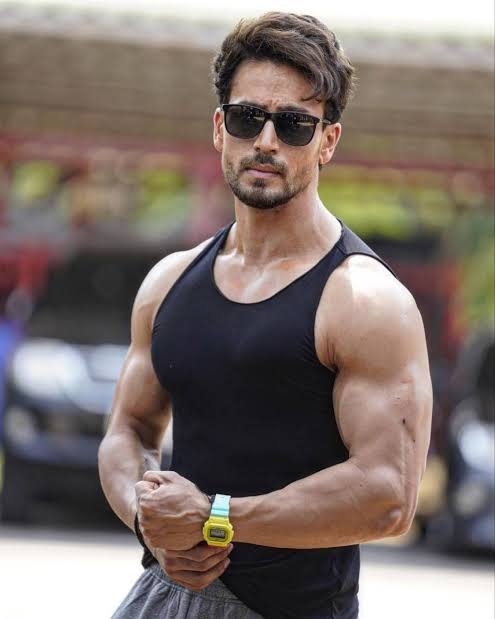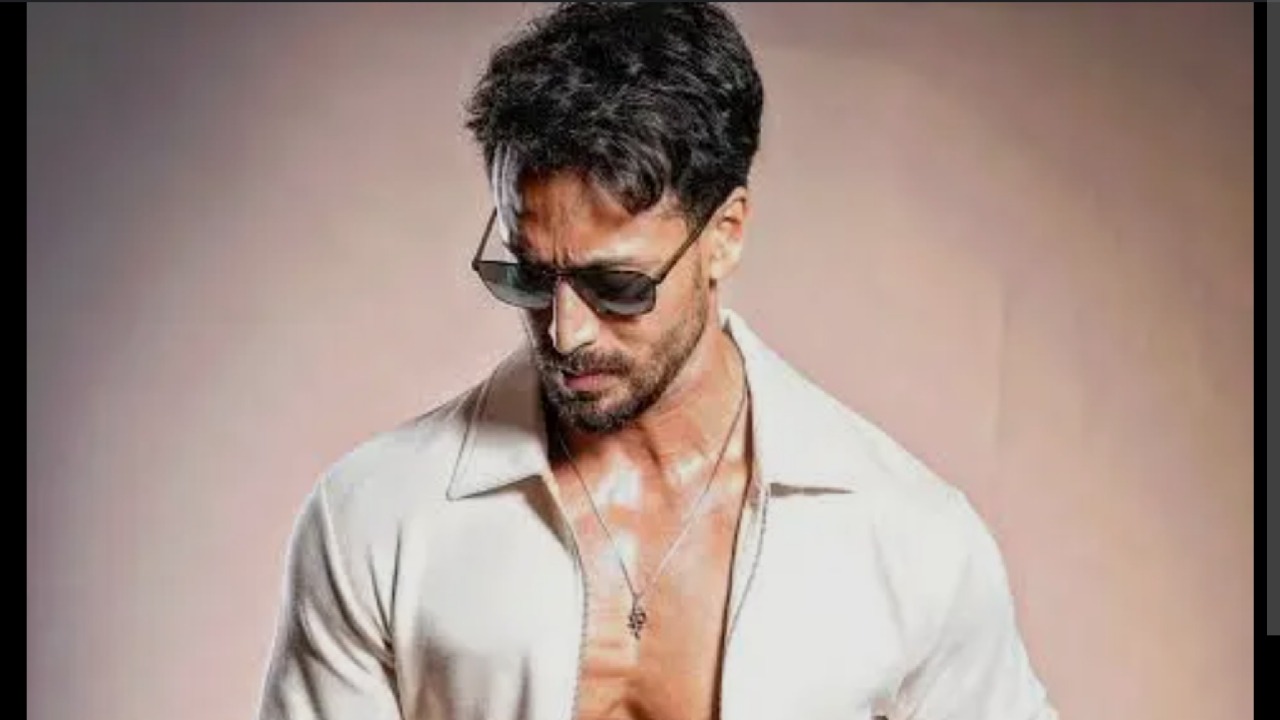For an artist it is always empathetically excruciating to stand somewhere the same, where they did a few years ago. 2019? I believe. Tiger Shroff spoke about being a typecast. He said, “When people talk about action heroes of the present time, one of the names could be Tiger Shroff. Yes, I am typecast but this whole thing has given me an identity and made me stand out. It makes me feel good,” as quoted by India TV.
Standing at 2025, Baaghi 4 is on the way. And we are still at it. So evolution has become a question mark. The Baaghi franchise is not getting over, and we are getting a gore overdose this time. Blood, blood everywhere, and we are not getting a moment to breathe.

War came and went like a high-octane dream: speed, scale, swagger. It was sleek, yes, but also predictable. Tiger Shroff danced with death on screen, performed gravity-defying stunts, and barely broke a sweat. We got what we expected. He was, again, the action prototype: well-oiled abs, sharp stares, slick moves. He matched Hrithik Roshan frame for frame, but in hindsight, that became the problem. There was no surprise, no narrative deviation. Only symmetry. The role didn’t challenge him; it reaffirmed him. It became another brick in his carefully built action wall.
Bade Miyan Chote Miyan, an attempt to pivot, perhaps? But the result was another testosterone fest. Tiger, alongside Akshay Kumar, played second fiddle to jumble. Bombs exploded, vehicles flew, and there was that usual dissonance between muscle and meaning. And there we saw him again, not an actor scouring emotion, but a stuntman acting emotion. His comfort zone had become claustrophobic. The screen was crowded, but his character arc remained untouched by growth.

Ganapath tried something new. A dystopian world. A darker palette. A techno-future that promised character complexity. But in execution, it stumbled. And Tiger’s role fell back, again, into the acquainted tempo of kicks and flips. All fight sequences and dialogues were there just for the sake of it. The film became style over soul, and the actor got drowned in its loud ambition. You could sense the missed opportunity. This could have been his breakout from the mould. But the shadows of “typecast” loomed large, refusing to let him breathe.
Heropanti 2, a sequel that no one really asked for. But it arrived anyway. A remix of every Tiger Shroff template: over-choreographed fights, gloss-over-substance visuals, and that one signature backflip, now turned into a cinematic tic.
We’re in 2025, and yes, he’s still jumping off buildings, still breaking bones, still being the same man from 2014 with better lighting and even tighter abs. But artistry is more than aesthetics. It’s growth. It’s the courage to do less, to feel more. Right now, Tiger isn’t evolving. He’s circling. And a circle, no matter how perfectly drawn, is still a loop.
Is he stuck in a typecast trap? The answer isn’t complicated. It’s just uncomfortable.

